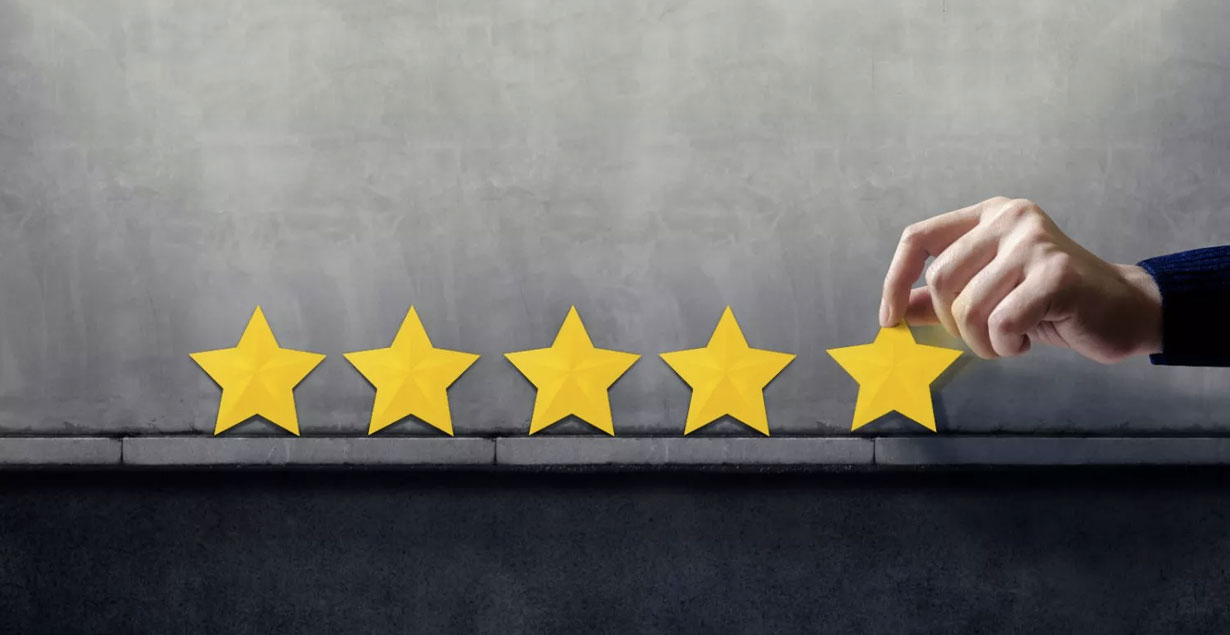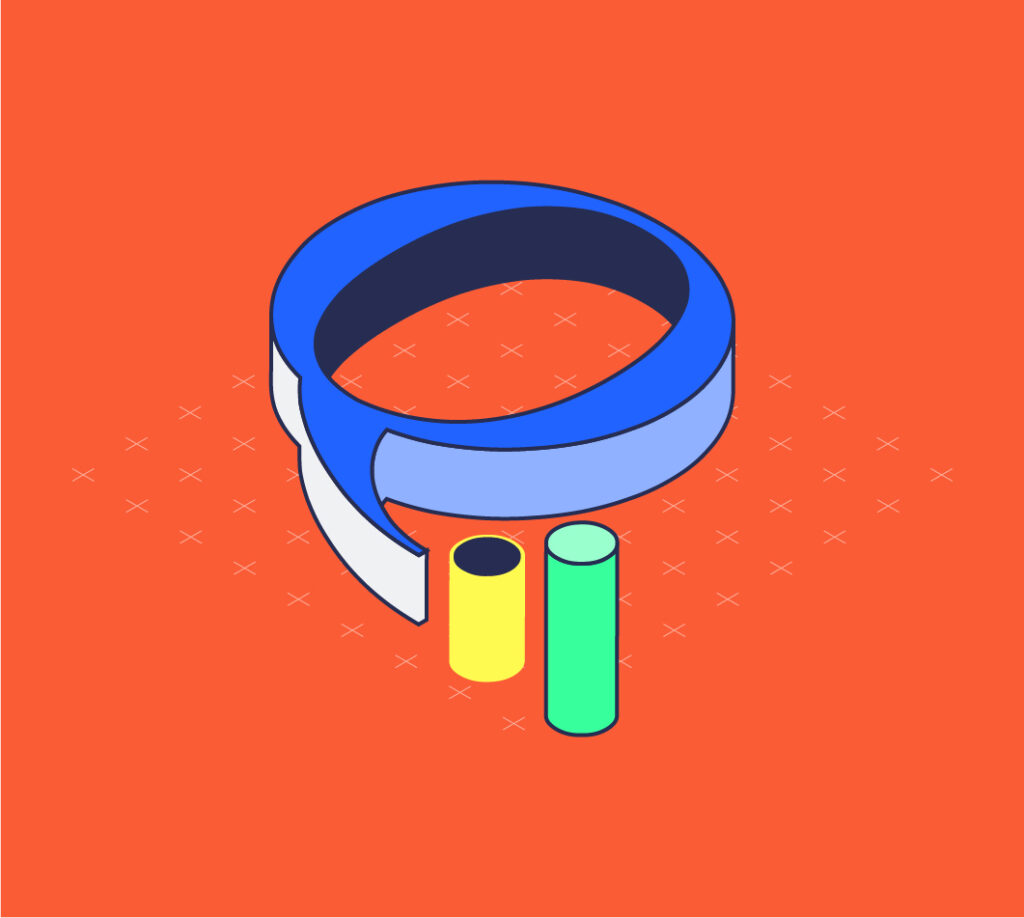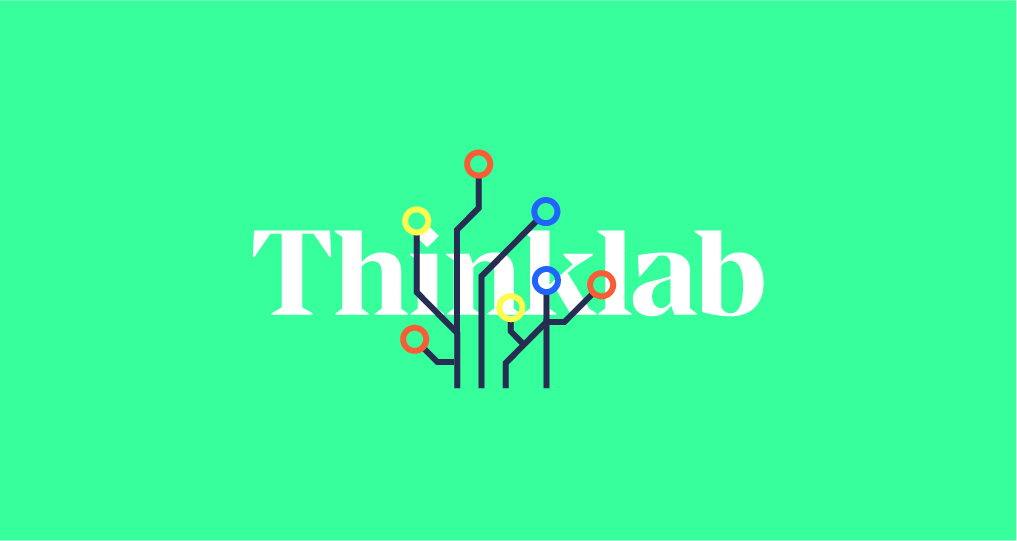Customer data is a coveted resource, sometimes paid for en masse, often stolen by hackers and consistently harvested by websites to make sure that you don’t slip from their marketing radar.
It is also a powerful tool – allowing for the use of targeted advertising, tailored promotions and other methods for powering sales and loyalty. But why then, do so many customer loyalty programs fail?
It is not for lack of data, but for not using that data to its full potential.
What comes to mind when you think ‘customer loyalty program’? Building points through buying products? Reaping occasional rewards for continued spending? For many organisations this is the extent of their program, for many more it doesn’t extend much further than birthday discounts or seasonal promotions.
But the correct use of data allows for more. There is potential to boost engagement in these programs by rewarding customers for much more than just purchasing products. Who are your most engaged customers? Are they posting about you on social media? This is an opportunity, you could provide an incentive to active social media users, perhaps a discount to those who advocate for you on Twitter or share your posts. Using engagement data will allow you to pinpoint groups of customers like this to encourage and expand their loyalty. Increasing engagement should be met with increasing rewards to continually strengthen loyalty and satisfaction in customers.
Segmenting
Research by SAS UK indicates that customers generally respond positively to loyalty programs, yet engage actively with less than half of those that they sign up for. With this in mind, it’s important to make sure that your loyalty program stands out. Personalisation is the key, a highly engaged customer will not respond in the same way as a lapsed or unengaged customer. Data will give you these insights, use them to segment customers so that they receive the most relevant marketing or advertising. Offer highly engaged customers the chance to become a brand ambassador while at the same time offering lapsed customers an incentive to return such as a reward.
It’s recommended to have a dedicated team, function or individual to manage a customer loyalty program, but even if you don’t it is important to have a goal by which to measure loyalty program success. This goal is most commonly a metric like customer retention rate or customer satisfaction. Once you have a grip on how well a loyalty program is performing, you will be able to tweak and change the program to achieve best results – and measure the success of these changes. Set clear goals for your program, perhaps a % increase in engagement or sales, you will find that the data will help you align the program to meet these goals. Even if your changes result in poor outcomes, data can allow you to understand why – to avoid repeating mistakes.
Analytics
Data analytics are not only capable of showing current customer behaviour, but also predicting future behaviour. Forecasts that predict loyalty success are potentially instrumental in making changes or introducing new content into your loyalty programs as they can give you a predicted outcome.
Ultimately, data on customer behaviour should inform your loyalty strategy, and your loyalty strategy should lead customer behaviour, creating a neat self-fulfilling prophecy.







